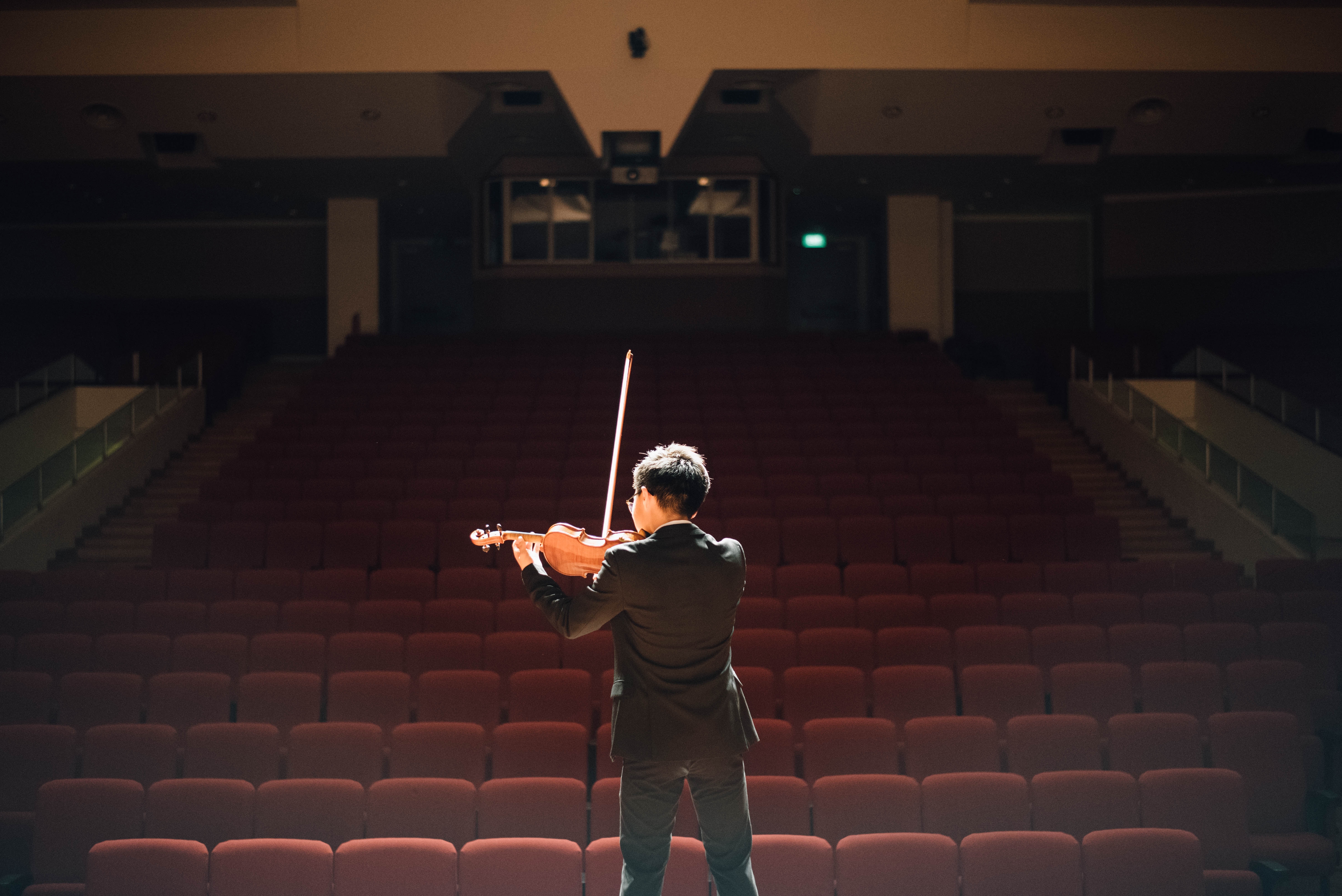The Orff approach, also known as the Orff method, Orff-Schulwerk, or “Music for Children”, is one of the best approaches worldwide that is preferred for teaching children about music. It is a developmental approach that was developed by Carl Orff (1895-1982) in the 1920s. This method engages the children’s mind and body by using a combination of singing, acting, dancing, and the use of percussion instruments.
In simple terms, the Orff Approach combines music, drama, speech, and movement into lessons that are quite like a child’s play world. Through this approach, children can be taught in an environment that is both natural and comfortable. Children with special needs also enjoy this method of teaching music because it has a lot to offer in terms of dexterity, memory, agility, concentration, and coordination.
Fundamental Elements of the Orff Approach
The Orff approach to music education is one that encourages the students to creatively and naturally respond to music. There are a couple of elements that have been tested and proven to work effectively when teaching children music. After mastering these elements, they can move on to improvising or composing their own music. Here are the major elements of the Orff approach:
- Rhythm. This is the most basic element of the Orff approach. Orff starts his lessons by teaching rhythm using natural speech patterns. Since the way a child speaks, sings, and moves are all naturally connected, he uses this creative process to lead them in learning rhythm. When the child has mastered this, he can easily learn body rhythm patterns as well as movement to any pattern of music. For instance, a student can be given 8 beats to create his rhythm.
- Melody. While pitching words, simple intervals are created. When these intervals are combined, they form what is known as a melody. By teaching melody, the child can easily learn to apply melody to instruments. After this, the child can be taught notation. For example, a student can use the notes from “do” to “sol” to create a song.
- Improvisation. You can’t do without improvisation in the Orff approach. Children find improvisation very freeing as there are no rules to follow whatsoever. All the teacher does is set up boundaries, within which the child can create his own rhythm, dance, or melody.
Types of Music Used in the Orff Approach
The Orff approach employs folk music of all the cultures in the classroom, which is often very beneficial in our multicultural society. The universal pentatonic scale, which is a five-note scale that is separated by whole steps, is often used. The children are also allowed to compose music by themselves in order to encourage improvisation.
Instruments Used in the Orff Approach
A variety of instruments are used in the Orff classroom. Some of these instruments include: tambourines, xylophones (soprano, alto, bass), castanets, triangles, steel drums, conga drums, timpani, bells, metallophones (soprano, alto, bass), bongos, gongs, maracas, cymbals (finger, crash or suspended), glockenspiels (soprano, alto), and other percussion instruments. Claves, djembe, sand blocks, vibraslap, wood blocks, cowbells, rainmakers, and tone blocks are some of the instruments that are also used in the Orff classroom. Websites such as Music groupies offer trusted reviews and can help you decide upon which musical instrument is best for your child.
A Typical Orff Lesson
Usually an Orff lesson may start off with a short story. The children are to listen attentively to this story and then asked to interpret some elements of the story afterwards. Different groups are formed for the children. One group of children will then be asked to pick an instrument out of the unpitched ones and make a rain sound. Another group will be asked to pick out instruments that can make a happy sound. Another group can be asked to pick out sounds for other elements like a car, the sun or moon. The story is then retold with the addition of the sound effects.
The class is then made to perfect the story using both the pitched and unpitched instruments. One group of the students will have to act out the story while the other group accompanies with the Orff instruments.
For example, a triangle note could be used to signal a strong moment, while tambourines could signal footsteps. Everyone in the class is actively involved as there is something for everyone at their level. The children are even encouraged to change parts as far as they are comfortable with it. When necessary, some notes are written on the wall in large prints for the instrumentalists. This makes it easier for them to read music while experiencing it, and also learn rhythms and the names of different instruments. By so doing, the children learn by doing.
As the motto of Orff states: “Tell me, I forget…show me, I remember…Involve me, I understand.” Orff helps children connect easily with musical concepts and skills based on this motto. Carl Orff and Gunild Keetman came up with this teaching model as a way of ensuring optimal learning by integrating music, speech, movement, and drama. Since children instinctively know how to play, they are taught music by imitation, experimentation, and personal expression.
Some of the concepts used in the Orff Approach include rhythm, melody, form, harmony, and texture. By speaking, singing, acting, chanting, dancing, and playing instruments, the students easily learn these key elements. The Orff Approach has no standardized curriculum, so the teachers enjoy the flexibility of using books and designing their personal lesson plans, then they adapt it to suit the class size and age of the students.


